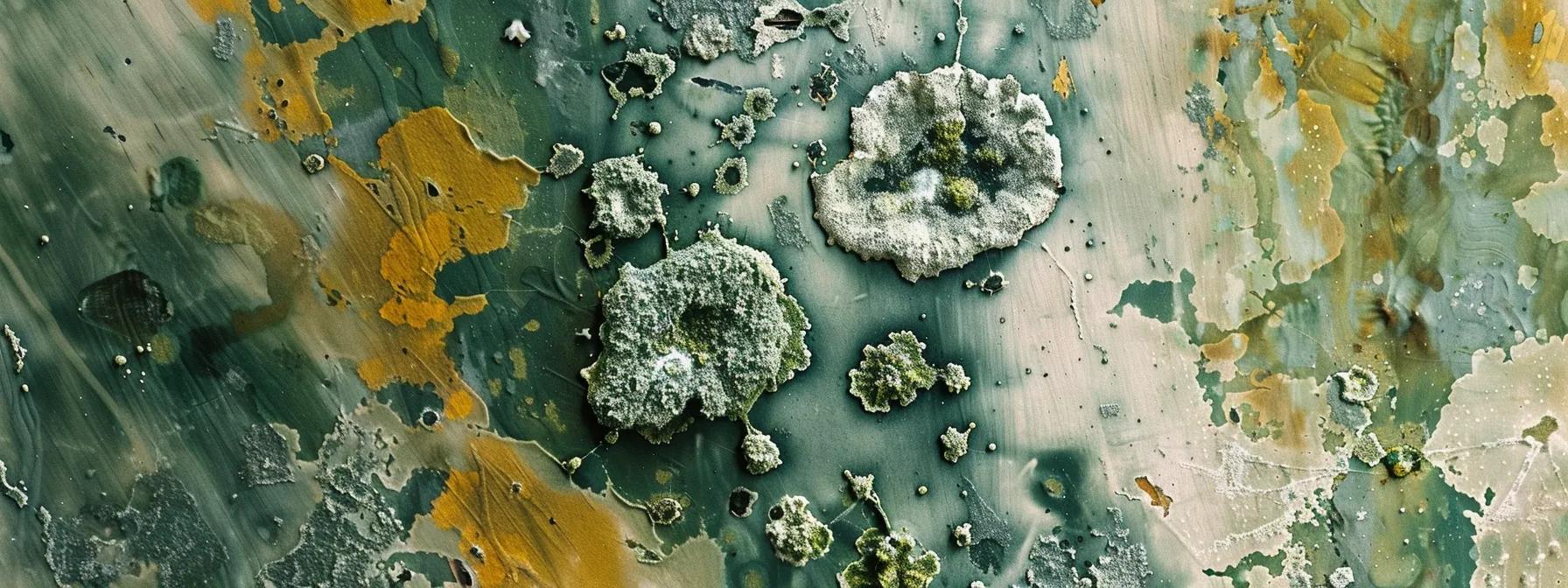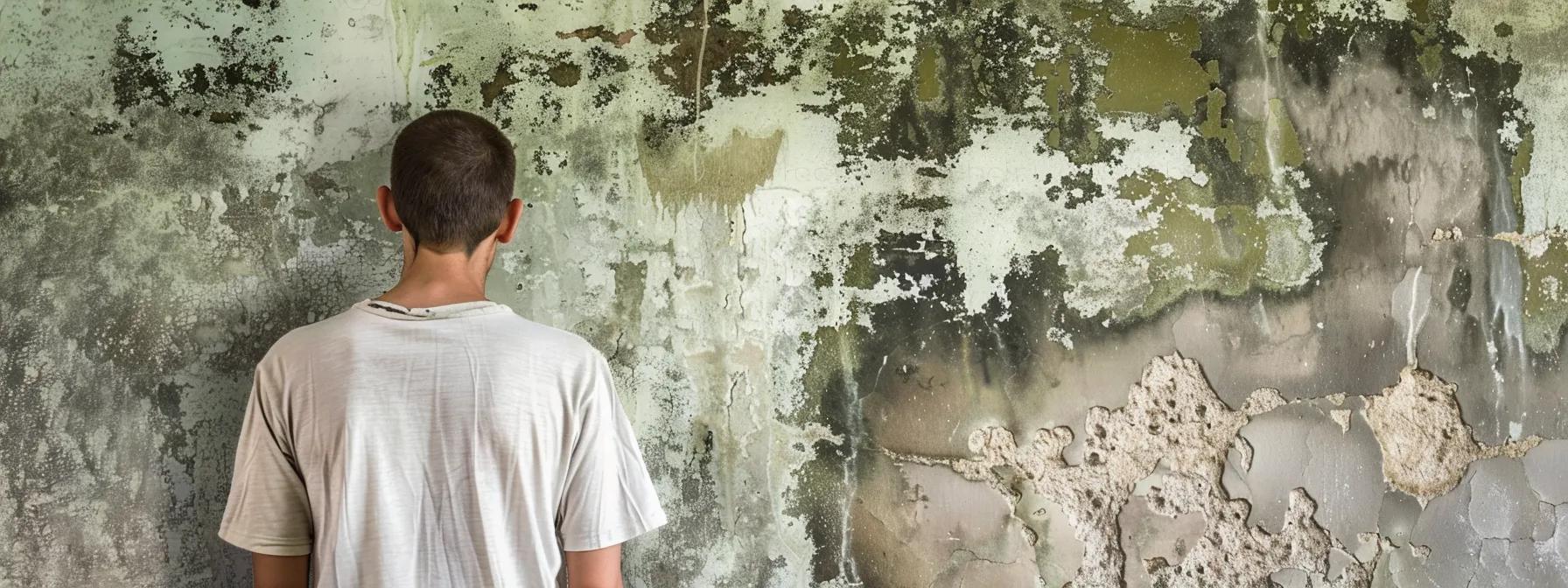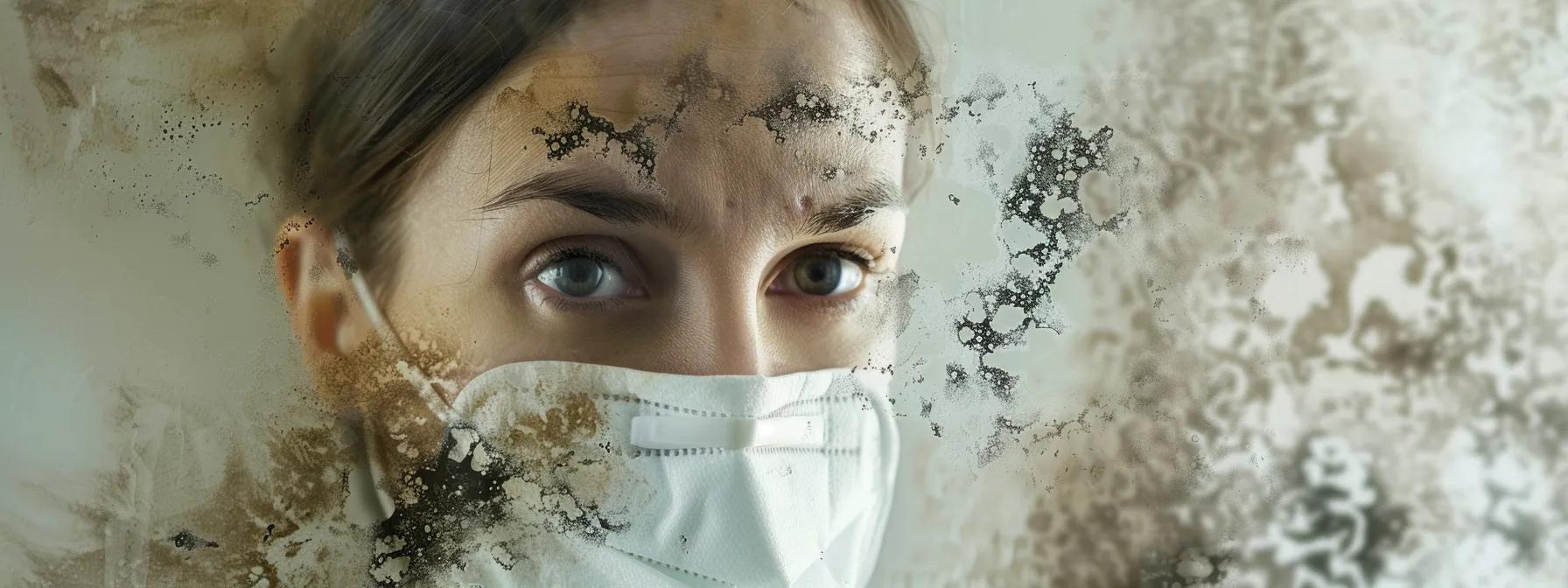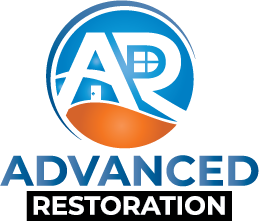South Carolina’s warm, humid climate makes it especially prone to mold growth. Homeowners across Charleston, Myrtle Beach, Columbia and surrounding areas often face persistent moisture challenges that invite mold spores to germinate and spread. Understanding the root causes of mold in SC residences is essential for effective prevention, timely remediation, and maintaining a healthy indoor environment.
Advanced Restoration SC leverages a decade of expertise in water damage, humidity management, and mold assessment to help South Carolina families tackle mold at its source. By analyzing the most frequent triggers and risk factors, this blog outlines the primary causes of mold growth, how regional conditions exacerbate the problem, and strategies to safeguard homes from fungal infestations.
Understanding Mold and Its Growth Cycle

Mold is a type of fungi composed of microscopic spores that float through the air, seeking damp, warm surfaces to colonize. Once spores land on a moist substrate—wood, drywall, insulation, or carpet—they begin to feed on organic materials and multiply, often unseen, until colonies become visible.
The mold growth cycle hinges on three critical elements, collectively known as the mold growth triangle. By disrupting any side of this triangle—moisture, nutrients, or temperature—homeowners can significantly reduce the likelihood of mold taking hold.
The Mold Growth Triangle
- Moisture: Persistent dampness from leaks, condensation or high indoor humidity.
- Nutrient Source: Organic building materials like wood framing, drywall, carpeting, and dust.
- Temperature: Warm conditions between 40°F and 100°F accelerate spore germination.
Each factor in this triangle amplifies the others. For example, high humidity can lead to condensation on cold surfaces, creating moisture that feeds mold on drywall joints or behind kitchen cabinets.
Key Causes of Mold Growth in South Carolina Homes

South Carolina’s climate and housing styles present unique challenges. From coastal humidity to Upstate thunderstorms, the following causes account for the majority of mold outbreaks in region-specific residences.
Water Leaks and Pipe Failures
Leaking plumbing is the single most common culprit behind indoor mold infestations. Even a slow drip beneath a sink or behind a washing machine can saturate surrounding drywall and wood studs. Over weeks or months, hidden moisture feeds colonies of Aspergillus, Cladosporium or Penicillium, often behind walls or under flooring where homeowners may never see them until musty odors or health symptoms crop up.
High Indoor Humidity and Condensation
South Carolina’s average summer humidity often tops 70%. Without proper dehumidification, indoor relative humidity can soar above 60%, providing ideal conditions for mold spores to thrive. When warm, moisture-laden air meets cooler surfaces—air conditioner coils, metal pipes, single-pane windows—condensation forms. These tiny droplets accumulate behind baseboards or around window frames, triggering mold behind paint and wallpaper.
Poor Ventilation in Key Areas
Bathrooms, kitchens and laundry rooms generate moisture daily. Inadequate exhaust fans or improperly routed vent ducts allow humidity to linger, saturating ceilings and tiled walls. Bathrooms without enough fresh air exchange suffer from recurring mold patches in grout lines and corners. Likewise, steam from stovetops or dishwashers, if not vented outdoors, settles on cabinets and backsplashes, nurturing hidden mold behind cabinetry.
Flooding and Water Intrusion
Heavy rains, hurricanes and flood events can inundate crawl spaces and basements, leaving standing water that soaks structural materials. Areas without a working sump pump or waterproofed foundation walls remain damp for days. Spores germinate within 24 to 48 hours, especially on wooden floor joists, subflooring, and crawlspace insulation. Without rapid extraction and professional drying, these conditions breed extensive mold colonies.
Roof and Foundation Leaks
Damaged shingles, clogged gutters or cracked foundation walls permit water to enter attics and basements. Over time, these slow leaks seep into insulation, wood rafters and basement beams. Mold often goes unnoticed until signs like warped ceiling drywall, yellow stains, or peeling paint appear. Routine roof inspections and foundation sealing are crucial preventative measures.
Building Material Vulnerabilities
Common building materials such as drywall, OSB subfloor panels, fiberboard insulation and carpeting are highly porous. When damp, they store moisture and serve as food sources for mold. Paper-faced gypsum board and cellulose insulation paint a particularly inviting canvas for spores. Opting for moisture-resistant materials in bathrooms, laundry rooms or basements can reduce the available food source for mold growth.
HVAC Systems and Ductwork Issues
Air conditioning systems cool air but also remove moisture. However, if drip pans clog or condensate lines back up, stagnant water pools inside the unit. Ductwork can harbor mold in seams and insulation lining, distributing spores throughout living spaces when the system cycles on. Routine HVAC maintenance, including coil cleaning and pan inspections, prevents microbial growth.
Organic Debris and Dust Accumulation
Dust contains skin cells, pollen, pet dander and fibers—all organic matter. When dust settles on damp surfaces—like basement floors, window sills or behind furniture—it provides a nutrient-rich layer that mold spores exploit. Regular dusting, vacuuming with HEPA filters and cleaning duct registers eliminate both moisture and food sources.
Insulation Deficiencies
Poorly installed or missing insulation can create cold spots on exterior walls, leading to interior condensation. Uninsulated attic access panels or duct runs in unconditioned attics cool below dew point, trapping moisture and fueling mold growth. Ensuring continuous thermal barriers and proper vapour retarders in walls, ceilings and ductwork prevents hidden condensation and subsequent mold.
Visualizing Mold Causes and Risk Zones
Below is a comparison of the primary mold causes, typical moisture sources, and mitigation strategies relevant to South Carolina homes.
| Primary Cause | Typical Moisture Source | Mitigation Strategy |
|---|---|---|
| Water Leaks | Faulty plumbing, roof leaks, appliance drips | Prompt leak repair, drywall removal, drying |
| High Humidity & Condensation | Coastal climate, air conditioner coils | Dehumidifiers, HVAC tune-ups, double-pane windows |
| Poor Ventilation | Ineffective exhaust fans in baths/kitchens | Install vented fans, duct maintenance |
| Flooding/Water Intrusion | Storm surges, heavy rain, foundation cracks | Sump pump, French drains, waterproof coatings |
| HVAC Condensate Backup | Clogged pans or drain lines | Regular coil cleaning, drain-line maintenance |
Homes with higher indoor humidity are at correspondingly greater risk of mold proliferation. The table below illustrates typical indoor humidity ranges and associated mold risk levels.
| Relative Humidity (%) | Mold Risk Level | Recommended Action |
|---|---|---|
| Under 30 | Low | Maintain current HVAC settings |
| 30–50 | Acceptable | Monitor with hygrometer, use dehumidifier |
| 50–60 | Moderate – elevated risk | Run dehumidifiers, improve ventilation |
| Above 60 | High – possible mold growth | Increase AC usage, seal leaks, inspect ducts |
Mold Risk Factors Unique to South Carolina
South Carolina’s geography and weather patterns create specific vulnerabilities. Coastal residents contend with salt air and hurricane-driven floods, while Upstate homeowners face intense summer storms and high dew points. A few region-specific risk factors include:
- Frequent tropical storms and hurricanes that can flood basements and crawl spaces.
- High average dew points above 65°F between May and October.
- Historic homes with older construction methods lacking modern vapour barriers.
- Strong diurnal temperature swings in Upstate areas that drive condensation on windows and exterior walls.
- Local building codes that may not mandate mold-resistant materials in renovations.
Understanding these localized risk factors allows homeowners and professionals to tailor preventive measures and inspection priorities effectively.
Health Implications of Mold Exposure

Mold spores, when inhaled, can trigger a spectrum of health concerns. While many individuals experience mild allergic reactions—sneezing, itchy eyes, nasal congestion—prolonged exposure or contact by vulnerable populations (children, seniors, asthma sufferers) can lead to:
- Persistent coughing, wheezing or shortness of breath.
- Exacerbation of existing respiratory conditions such as asthma.
- Skin irritation or rashes upon direct contact with moldy surfaces.
- Headaches, fatigue or difficulty concentrating in chronically damp environments.
- Potential infections in immunocompromised individuals from species such as Aspergillus.
Early detection, prompt remediation, and moisture control can reduce occupant health risks and improve overall indoor air quality.
Professional Mold Remediation and Prevention
Homeowners often attempt DIY mold removal with bleach or over-the-counter cleaners, but these methods rarely address hidden moisture sources or deep-seated colonies. Professional remediation offers a comprehensive solution:
- Detailed inspection and moisture mapping using infrared cameras and hygrometers.
- Containment of affected areas with negative air machines and HEPA filtration.
- Safe removal of mold-infested materials, followed by professional drying.
- Application of EPA-registered sanitizers and biostatic coatings to inhibit regrowth.
- Post-remediation clearance testing to verify spore counts return to normal levels.
Midway through eviction of mold and restoring healthy air, property managers and homeowners should explore full structural recovery options such as Reconstruction Services south carolina when damage extends to framing, insulation or drywall assemblies.
Once the remediation plan is underway, clients can connect with certified specialists by calling +120864-778-2295 to schedule an assessment. This step ensures targeted removal and long-term prevention strategies.
For comprehensive mold removal, families in SC often seek mold remediation south carolina expertise that covers everything from attic encapsulation to basement dehumidification. Advanced Restoration SC combines cutting-edge technology with local climate knowledge to protect homes year-round.
After structural repairs and moisture control measures, homeowners can consult with Advanced Restoration SC to implement ongoing monitoring systems. These include smart humidity sensors, HVAC system upgrades and periodic inspections, creating a proactive defense against future fungal outbreaks.
FAQs About Mold in South Carolina Homes
What causes mold growth in homes?
Mold thrives wherever moisture, organic material and moderate temperatures coincide. In homes, common sources include water leaks, high humidity, condensation on cold surfaces, flooding events and poor ventilation in moisture-prone areas like bathrooms and basements.
How does humidity affect mold growth?
High indoor humidity above 60% provides the moisture mold spores need to germinate. Without proper dehumidification, damp air condenses on surfaces, creating wet microclimates behind walls, under flooring and around window frames where mold colonies expand rapidly.
Does mold grow in moist places?
Yes. Mold spores require moisture to activate. Any consistently moist environment—leaky plumbing, flooded crawlspaces, or rooms with poor air circulation—can become a breeding ground. Promptly drying wet materials within 24–48 hours prevents most mold infestations.
What materials can cause mold to grow in a house?
Porous, organic materials such as drywall, wood studs, cellulose insulation, carpets and fabric upholstery serve as nutrient sources. When these materials become damp, mold spores feed and multiply, colonizing surfaces and releasing airborne spores into indoor air.
What causes mold on walls?
Delayed drying after leaks or condensation drives moisture into wall cavities. Roof leaks, plumbing failures and HVAC condensation backups can saturate cellulose-based materials, spawning mold growth behind paint or wallpaper where humidity is trapped and airflow is limited.
